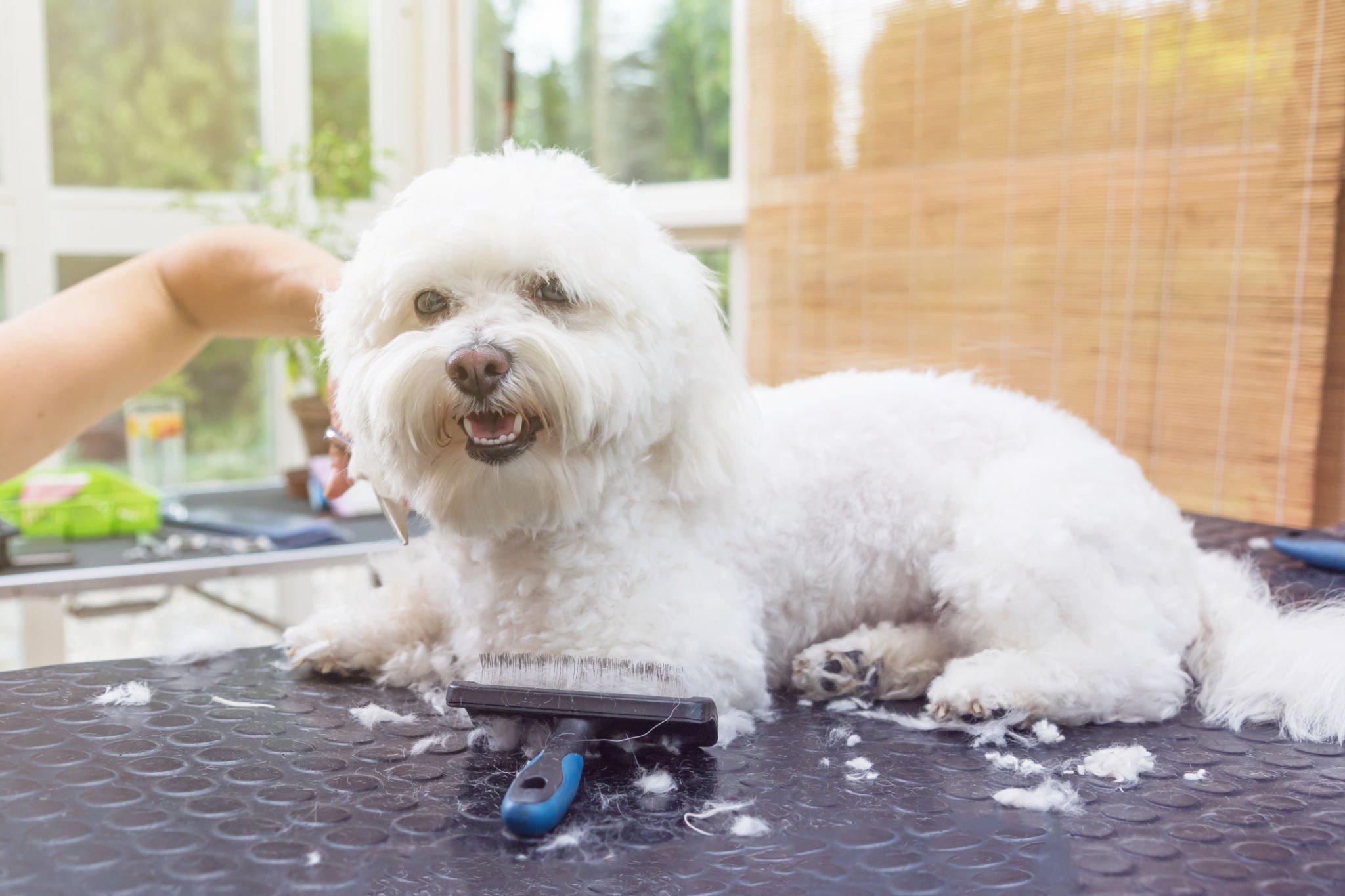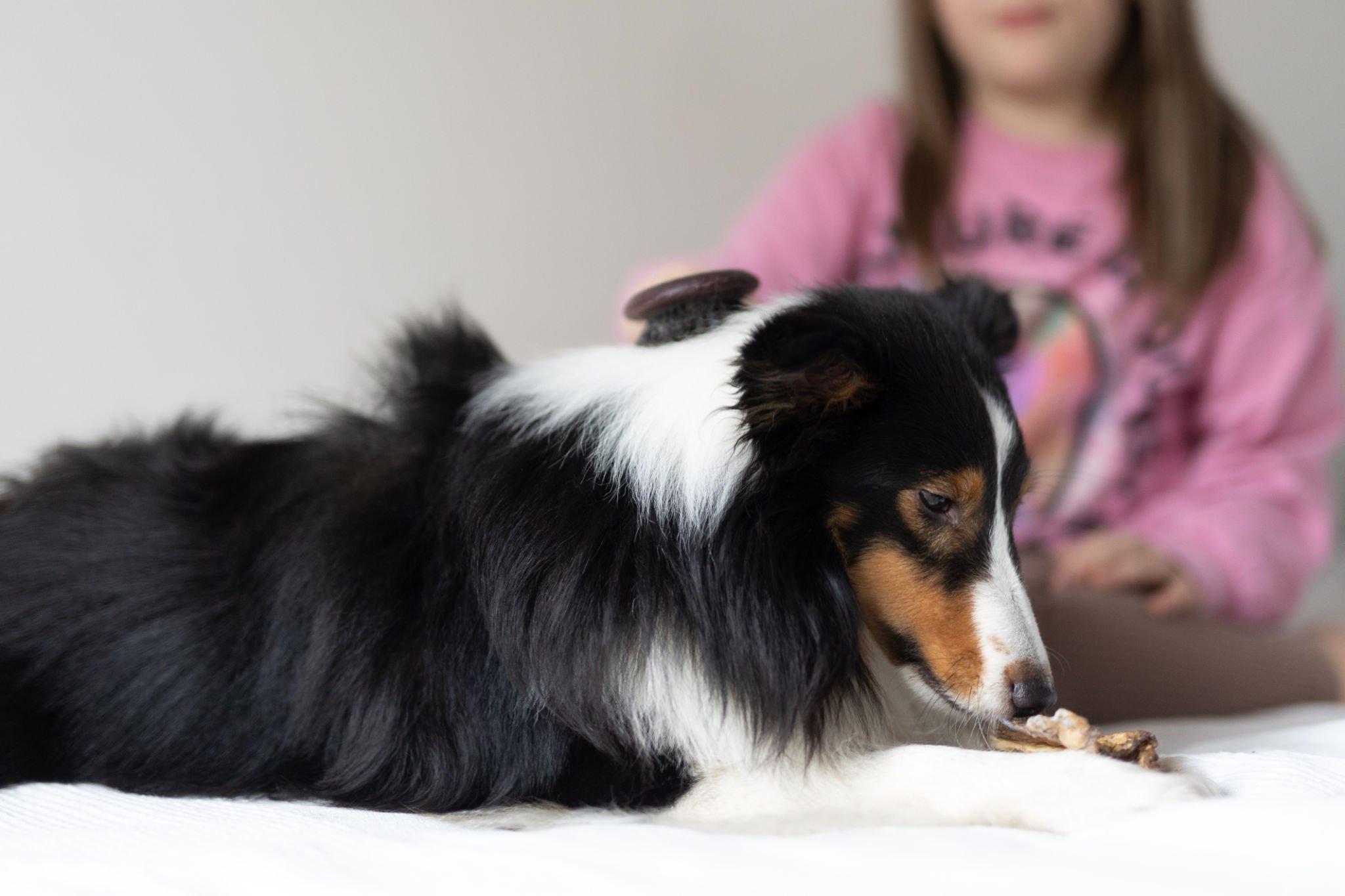Moving homes can be a stressful process, and when you have pets, the stakes are even higher. Pets, much like humans, thrive on routine and familiar surroundings.

So, it’s crucial to plan the move with their comfort and safety in mind.
In this guide, relocation professionals give valuable insight into how to ensure a seamless transition for your beloved pets when relocating.
How can I ensure a smooth move if I have pets?
Read also: Where to Find the Finest Food Reasons for Fatty Acids
Let’s go over the most important considerations:
1. Start with a Visit to the Vet
Before you embark on the move, schedule a check-up with your vet. This is essential to ensure that your pet is in good health for the journey.
Also, if you’re moving to a different city or country, gather any required health certificates or vaccinations. Don’t forget to ask your vet for recommendations on pet-friendly practices near your new home.
2. Pack a Pet Essentials Bag
Create a go-bag for your pet that includes food, water, toys, grooming tools, and any medications they might need.
Having all the essentials in one accessible place ensures that their needs are met during the chaos of the moving day and the initial settling-in period.
3. Choose the Right Transport Method
The method you choose will largely depend on the distance and your pet’s size and temperament. For short distances, your vehicle will suffice. However, if you’re moving across countries, you might need to use pet-friendly airlines.
Either way, invest in a sturdy, well-ventilated carrier. Label it with your pet’s name, your new address, and contact information.
4. Familiarize Them with Their New Surroundings

Before the move, if possible, visit the new house with your pet. Allow them to sniff around and get accustomed to the space.
If this isn’t feasible, once you move in, set up a dedicated space for them with familiar items like their bed and toys. This will help them feel more secure and ease the transition.
5. Maintain Routine
One of the best ways to help pets adjust to a new environment is to keep their routines intact. Feed them, walk them, or play with them at the same times as you did before the move. This consistency can be comforting amidst all the unfamiliarity.
6. Keep Them Safe on Moving Day
Moving day will be filled with activity, with doors left open and a flurry of people moving in and out. To ensure your pet’s safety, consider confining them to a quiet room or even boarding them for the day.
Attach an ID tag to their collar, just in case they slip out.
7. Gradually Explore the New Neighborhood
Once you’ve settled in, introduce your pets to the new environment slowly. For dogs, begin with short walks around the block and gradually increase the distance as they become more comfortable.
For indoor pets like cats, designate a safe room and slowly introduce them to the rest of the house.
8. Monitor Their Behavior
After the move, keep an eye on your pet’s behavior. It’s normal for pets to be a bit anxious or unsettled for the first few days.
However, if they show signs of stress like excessive barking, aggression, or withdrawal for an extended period, consult a vet or pet behaviorist.
9. Update Their Information

If your pet is microchipped, ensure you update the details linked to the chip with your new address and contact information. Also, change the details on their collar tags to reflect the new address.
10. Give Them Extra TLC
Remember, this is a significant change for your furry friend. Shower them with extra affection, treats, and playtime. The more love and attention they receive, the quicker they’ll feel at home.
Final Note
All in all, moving and traveling with pets requires some extra planning and patience. They might not understand the upheaval, but with careful preparation, you can make the transition as smooth as possible for them.
By prioritizing their safety and comfort, you’ll ensure that your furry family member feels right at home in no time.
